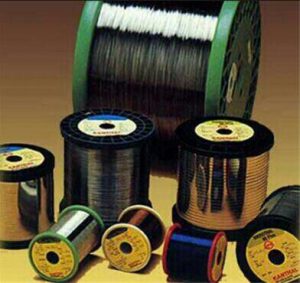Nickel Alloys
Nickel in elemental form or alloyed with other metals and materials has made significant contributions to our present-day society and promises to continue to supply materials for an even more demanding future. Nickel has always been a vital metal for a wide variety of industries for the simple reason that it is a highly versatile material that will alloy with most other metals.
Nickel is a versatile element and will alloy with most metals. Nickel alloys are alloys with nickel as principal element. Complete solid solubility exists between nickel and copper. Wide solubility ranges between iron, chromium, and nickel make possible many alloy combinations. Its high versatility, combined with its outstanding heat and corrosion resistance has led to its use in a diverse range of applications; such as Aircraft gas turbines, steam turbines in power plants and its extensive use in the energy and nuclear power markets.




